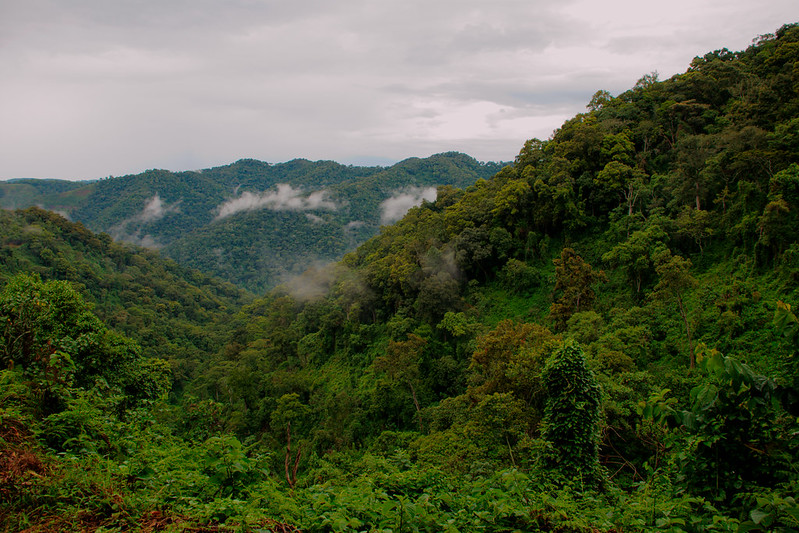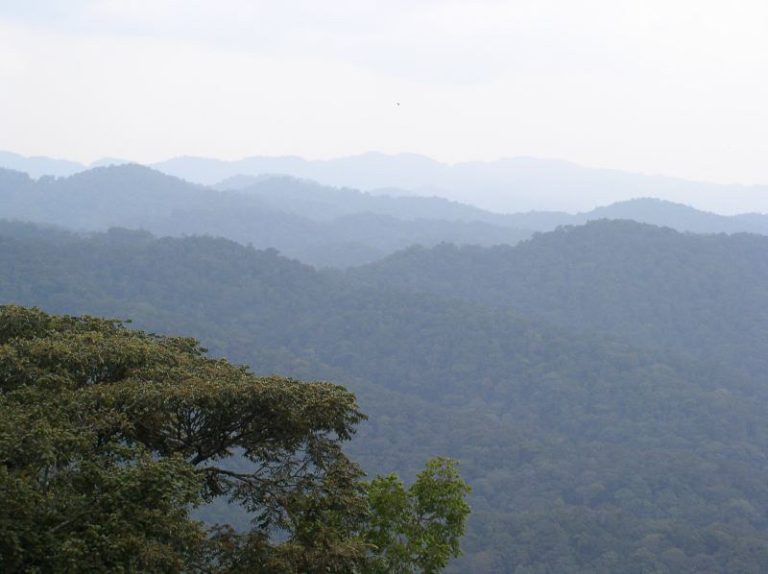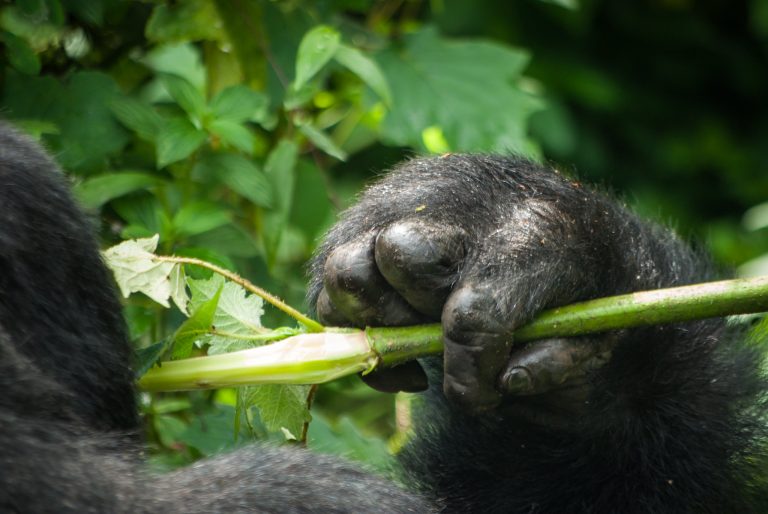The most important questions tourists ask before booking a gorilla trek in Uganda and Rwanda about the physical demands include the following.
How Difficult Is Gorilla Trekking?
Am I Fit enough For Gorilla Trekking?
How Long is the Trek To See Gorillas?
If I get tired, will i be carried?

Gorilla trekking is a great exercise for people of all fitness levels. However, there are certain trekking and hiking trails that may be more difficult than others.
It is important to know your fitness level before attempting any gorilla trekking or hiking trail. If you are not very fit, it is still possible to enjoy trekking , but you may want to stick to easier trails.
There are many different gorilla trekking trails in Bwindi Forest National Park Uganda and Volcanoes National Park in Rwanda, so there is sure to be one that is right for your fitness level.
How Difficult Is Gorilla Trekking?
If you’re considering a gorilla trekking trip to Uganda, it’s important to make sure you’re physically prepared for the challenge.
Most people who are generally healthy and fit will have no problem completing the trek, but there are a few things to keep in mind.
The High Altitude
First, you’ll be walking at a high altitude, so the air will be thinner than you’re used to. This can be tough on your lungs, so it’s important to take it slow and steady.
The Terrain
Second, the terrain in Bwindi Impenetrable National Park can be quite mountainous and the vegetation dense, so a certain level of stamina is required.
Luck
Finally, it’s impossible to predict how long your trek will take. Some groups make contact with gorillas within 45 minutes, while others may hike for 6 hours or more before seeing any. So, as long as you’re aware of these challenges and have some basic fitness levels, you should be fine. Have fun!
How Long Is The Trek To See The. Gorillas?
A gorilla trek takes between 1 to 6 hours on average. This depends on the time the gorillas were last seen and where. This time includes right from the start of the trekking point, then watching the gorillas and returning back to the meeting point of the National Park.
- –Gorilla Trek takes 1 to 6 hours long.
- -Gorilla Habituation Experience takes a minimum of 5 hours. (Including trekking to and fro)
If I Get Tired or Injured During The Trek, Will I be Carried?
In prior booking, it is possible to arrange for porters, sedan chairs and trekking poles, as well as join other groups on shorter and simpler hikes.Even while it would add to the price of the expedition, having porters carry a sedan chair will benefit those who require it.
Dry season trekking should also be considered for those who are concerned about the terrain’s difficulty because the ground might become muddy during the rainy season, which spans from June to September and December to February.
Am I fit Enough For Gorilla Trekking?
If you are reasonably fit, you should have no problem tackling most gorilla trekking and hiking trails. However, if you are not used to exercising regularly, you may want to build up your fitness levels before attempting any long or difficult trails.
If you are very fit, you will be able to tackle almost any trekking or hiking trail. However, it is always a good idea to research the trail before you attempt it, to make sure that it is within your abilities.
No matter what your fitness level is, trekking and hiking are great ways to get some exercise and fresh air. So get out there and explore the world!
Things To Do to keep fit before Gorilla Trekking
Increase Intensity Of Workouts
It is recommended that you gradually increase the intensity and duration of your trekking and hiking workouts as you get closer to your hike date. This will help to avoid injuries and ensure that you are physically prepared for the demands of the trail.
Increase Cardiovascular Activities
Cardiovascular activities such as running, cycling or swimming are great for improving your overall fitness levels. Strength training exercises such as sit-ups, push-ups and weightlifting will help to build up your muscle strength. Stretching exercises such as yoga or Pilates can improve your flexibility, which can be helpful when trekking and hiking.
Choose Simpler Treks If Possible
There are also many different trekking and hiking trails in Uganda and Rwanda targeting gorilla trekking, so there is sure to be one that is right for your fitness level. No matter what your fitness level is, trekking and hiking are great ways to get some exercise and fresh air. So get out there and explore the world!
How To Prepare For Gorilla Trekking Physically

It is very important to be physically prepared before going on a hike. This means having the proper equipment as well as being in good shape. Here are some tips on how to prepare yourself for a hike:
1. Get the right equipment. Make sure you have the proper clothing and footwear for the conditions you will be hiking in. You will also need a backpack, water, and snacks.
2. Be in good physical shape. Hiking can be strenuous so it is important to be in good physical condition before attempting a hike. Start by doing some basic exercises such as walking or jogging to get your body used to the activity.
3. Know your limits. Don’t attempt a hike that is beyond your abilities. If you are not sure, start with an easier hike and work your way up to something more challenging.
4. Listen to your body. If you start to feel tired or sore, take a break. It is important to rest and drink plenty of fluids when hiking.
5. Be prepared for emergencies. Make sure you know how to find help if you need it and always carry a first aid kit.
6. The terrain levels
It’s important that you get a sense of the terrain you’ll be covering on your trek by reading through your trip notes. You can also prepare for the conditions you’re likely to encounter by doing some Practice walks that simulate the conditions as closely as possible. In addition, don’t forget that hills can actually be your friend! The more you practice walking uphill, the easier it will be when you encounter them on your actual trek. If you’re worried about the difficulty of the terrain, it’s best to go trekking in the dry season, which runs from June to September and December to February. The ground can become very muddy during the wet season, making it more difficult to walk. However, photographers should note that rain clears away the dust in the air, resulting in sharper images.
By following these tips, you can prepare yourself for a safe and enjoyable hike.

















